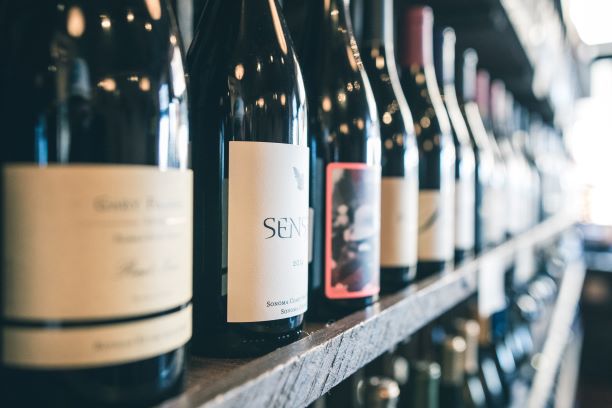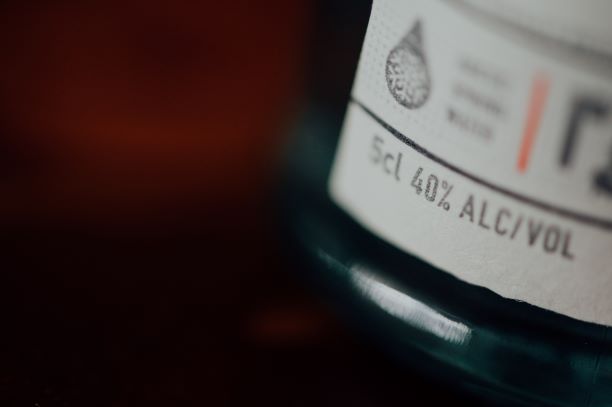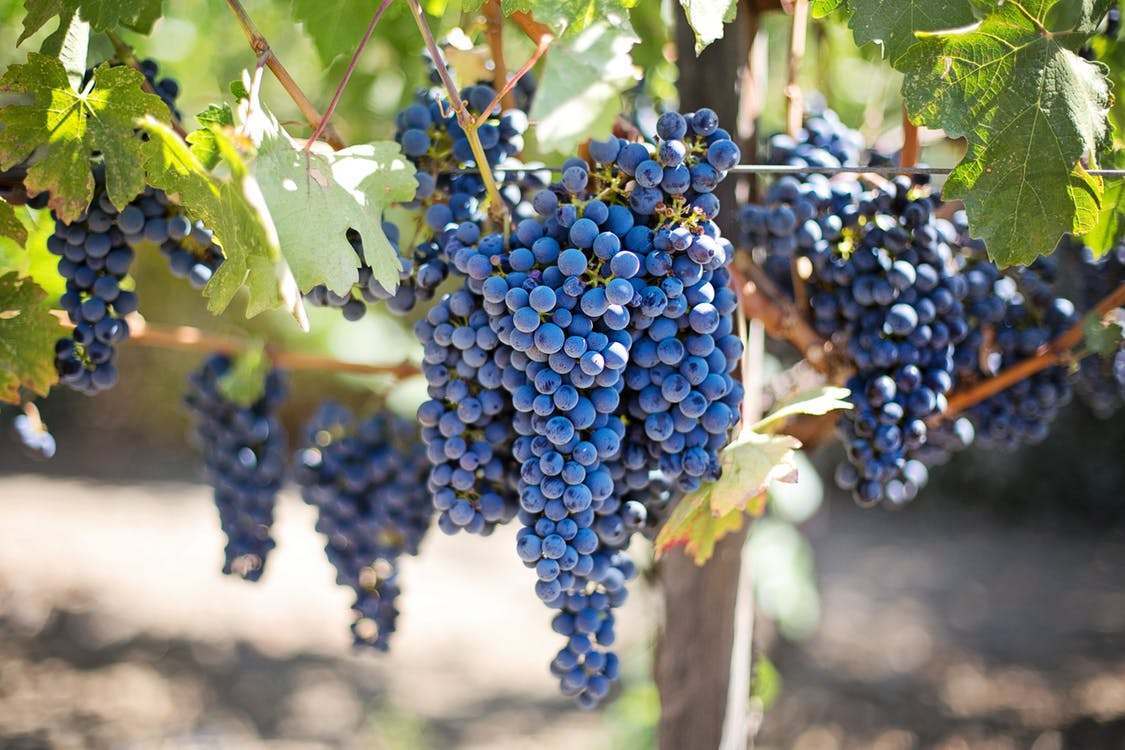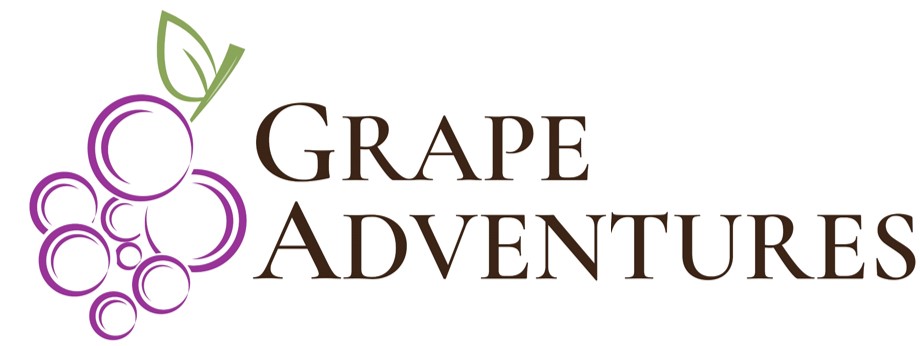
Can I drink wine on a Low-Carb, Paleo, or Keto diet? Let’s talk about which wine varietal is best to drink while on a Low-Carb, Paleo, or Keto diet.
Strictly speaking, if you are on a Keto, Paleo, or Low-Carb diet it might be better to avoid wine altogether. However, if you are going to indulge a little, be smart about it. In general, go for the dryer wines, avoid inexpensive wines with high residual sugar and avoid high alcohol content.
Best Low-Carb, Paleo & Keto Wines to Drink
Dry wines contain minimal sugars. Choosing red or white doesn’t matter as much as selecting dry over sweet. The lower the carbs (sugar), the better the wines are for a Low-Carb diet.
The amount of sugar varies greatly between varietals and can range between 0 to over 100 grams or more of sugar per liter (g/L). The sugar counts for each varietal will differ depending on the winery, blends, regional climate, growing conditions and process of fermentation.
So as an example, Chardonnays can have a wide variation of sugar levels per liter depending on where or how it is produced.
General Guide for Common Sugar Content in Various Wine Varietals
- Bone Dry Wine: No residual sugars: 0 grams of sugar per liter g/L. Varietals include Bordeaux, Albarino, Pinot Blanc, and Pinot Grigio
- Dry Wine: 0 to 10 grams of sugar per liter (g/L) Dry Varietals include Cabernet Sauvignon, Sauvignon Blanc, Viognier, Syrah, Zinfandel, and Chardonnay.
- Off-Dry Wine: 10 to 20 grams of sugar per liter (g/L) Off-Dry varietals include Chenin Blanc and some Champagne
- Simi-Sweet Wine: 20 to 75 grams of sugar per liter (g/L) Simi-sweet varietals include Lambrusco and Moscato
- Sweet Wine: Over 75 grams of sugar per liter (g/L) Port, Sautern, Ice Wine, Sherry



3 Smart Tips for Drinking Low-Carb and Keto Wine
Avoid Inexpensive Wine
Inexpensive wine typically has higher residual sugar or even added sugar. If the wine is priced under $10 it more likely to have be higher in sugar. Higher quality wine will most likely have less residual sugar because the grapes are of higher quality and don’t need sugar to improve the taste.
Drink Wines with Lower Alcohol Volume (ABV)
The alcohol level (ABV or alcohol by volume) is required to be listed on the wine label. For a low-carb wine, look for wine with 12 percent ABV or less.
Avoid Residual Sugars
Low-sugar wines are inherently low in carbohydrates. Sugar is a type of carbohydrate. Determining the amount of residual sugars in a particular wine can be challenging and typically is not listed on the label. Residual sugar is measured as g/L (grams per liter) and can sometimes be found on the wine’s website under the technical debrief on each production.
White Wines and Sugar
Occasionally white and rosé wines may contain a higher level of residual sugar. Some winemakers will encourage this sweetness in white and rosé wines to help counterbalance acidity.
Try European Wines
European winemakers tend to produce dryer wines.
What is Residual Sugar
Grapes consist of mostly sugar before they ferment into wine. Winemakers add the yeast that consumes grape sugars and produces ethanol (alcohol) as a by-product.
If the winemaker stops the process early and the yeast does not finish the fermentation process, some sugar will be left in the wine. This is what’s known as residual sugar (RS) and halting the fermentation process will result in sweeter wines. Some wine producers even add more sugar to lower quality wines.
A dry wine occurs when the yeast is allowed to eat all the sugars and which can result in increased levels of alcohol as a by-product. This is why dry wines many times have a higher content of alcohol than sweet wines.



Natural or Raw Wines
“Natural” winemakers utilize older traditional production methods that avoid adding chemicals, GMO yeasts, or sulfites. These wines are also referred to as “Naked’, “Raw” or “Low-Intervention” wines.
Natural wine is more of a concept than a well-defined process. In its purest form, it is a wine made from fermented grape juice with no additions or man-made interventions.
These natural winemakers tend to fully ferment their wines, allowing the natural yeast to consume more of the wine’s natural sugar.
Most commercial winemakers use sulfites to kill the yeast early, which leaves residual sugar in the wine. Many lower-quality winemakers even add sugar to the wine.
Many natural wines offer both low sugar and low alcohol wines.

